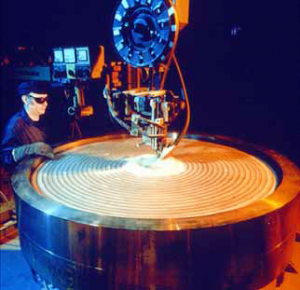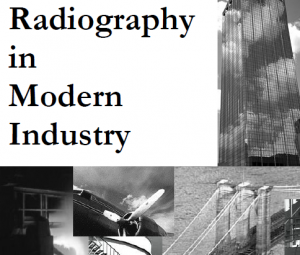INTRODUCTION TO STRIP CLADDING
Cladding is a welding process in which a material with desired properties is deposited on the surface of a base material. The common C/Mn or low alloyed inexpensive base metal has mainly a load carrying function. The deposited sophisticated material imparts surface properties such as corrosion resistance, wear resistance, etc., to the substrate.
To the manufacturer of pressure vessels, surfacing techniques are getting more and more important. Components reach sizes such that their fabrication calls upon the use of clad materials.
There are different processes to obtain a clad material :
– clad plates produced by rolling which are mostly only available in standardised dimensions and grades
– explosion clad plates
– clad plates made by welding
Among all the welding processes submerged arc and electroslag strip cladding offer maximum deposition rate, better bead characteristics and trouble free operation using unsophisticated welding equipment. Strip cladding is also a very flexible process covering a very wide range of applicable materials.
The fact that in general it is used to clad finish shaped components eliminates the eventual problems arising with cold or hot forming.
The principle of strip cladding was developed about 70 years ago (the first patent was granted in the USA around 1920) but in Europe the process retained detailed attention when the nuclear industry started (late 1950’s).
The nuclear power industry needed a method whereby thick- wall pressure vessels could be given a corrosion resistant inner surface.
Several modifications of submerged-arc welding with strip have been developed mainly with a view to further increase surfacing capacity.
In the first part of this paper the SUBMERGED ARC STRIP CLADDING process will be discussed, in the second part the ELECTROSLAG STRIP CLADDING technique will be described. The influence of the working parameters will be given and the main advantages and limitations will be listed.


